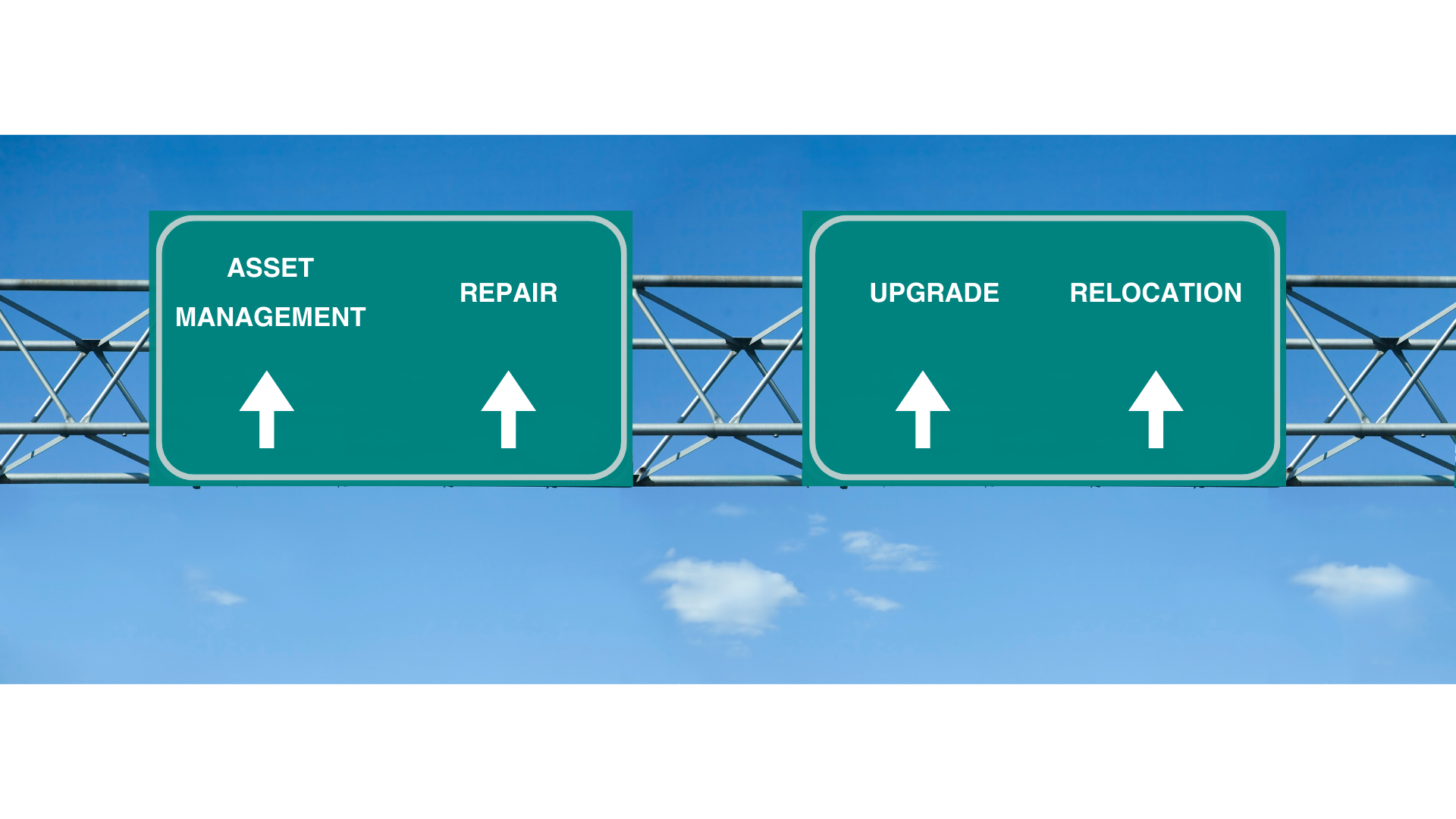Used Equipment Sales Strategy – An Overview On Creating An Asset Life Cycling Program – Part 1

All equipment rental companies have an opportunity to better serve their customers and investors now and into the future by leveraging used equipment sales to improve their asset base and cash flow. Incorporating a well thought out equipment life cycling program can greatly increase the quality of rental equipment and associated ROI/ROA values, while simultaneously decreasing maintenance costs and capital expenditure requirements to maintain and grow your rental inventory over time.
The following is the first in a series of posts that will outline the recommended structure of a successful asset life cycling program and address implementation.
Predetermined End of Life / End of ServiceThe first step to any Asset Life Cycle (ALC) program is implementing predetermined End of Life or End of Service timelines (EOS). You should be able to determine how long you intend to keep a particular piece of equipment in active rental inventory BEFORE it’s actually purchased. Furthermore, that timeline should be included in your purchase approval process. When considering a cap-ex investment, you should be able to calculate the expected ROA based on the anticipated rental revenue both annually and over the total active life of the asset(s). You should also include your intended disposal plan in the approval request that indicates how the equipment will be removed from service, at what date, and if any revenue or cost is associated with the disposal, which should be calculated into the total ROA. Obviously, a certain percentage of the investment will be lost prior to EOL due to unforeseen damages. This loss should also be considered in an approval request calculation.
-
Potential planned disposal methods generally include: Sell for additional revenue, Part-out or scrap for additional revenue, Trash or Recycle at $0 or for a cost, or Keep for parts with an associated storage cost.
-
EOS date should generally align with finance’s depreciation schedule, unless there is an intentionally short service life – i.e. If assets are purchased for a specific event or tour with the intent to resell them immediately following the event, as opposed to returning the assets to active rental inventory until EOS is reached.
In Part 2, we’ll dive into some things to consider when creating Asset Depreciation Schedules and how those decisions affect your life cycling program.
For Part 2 of this series click here.
